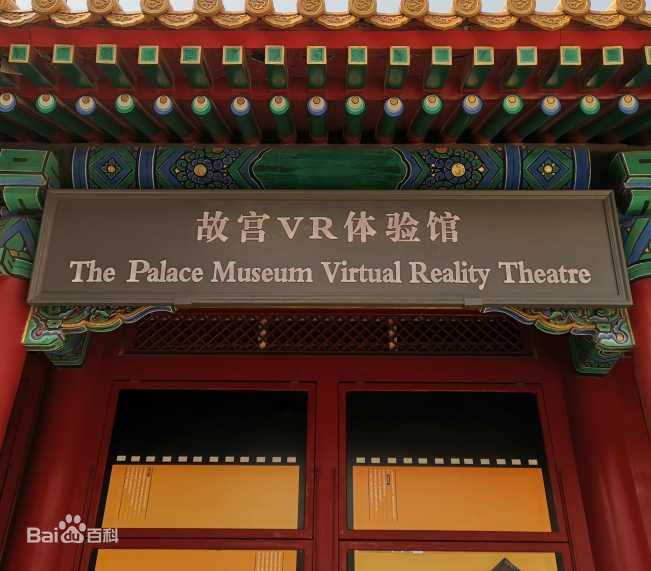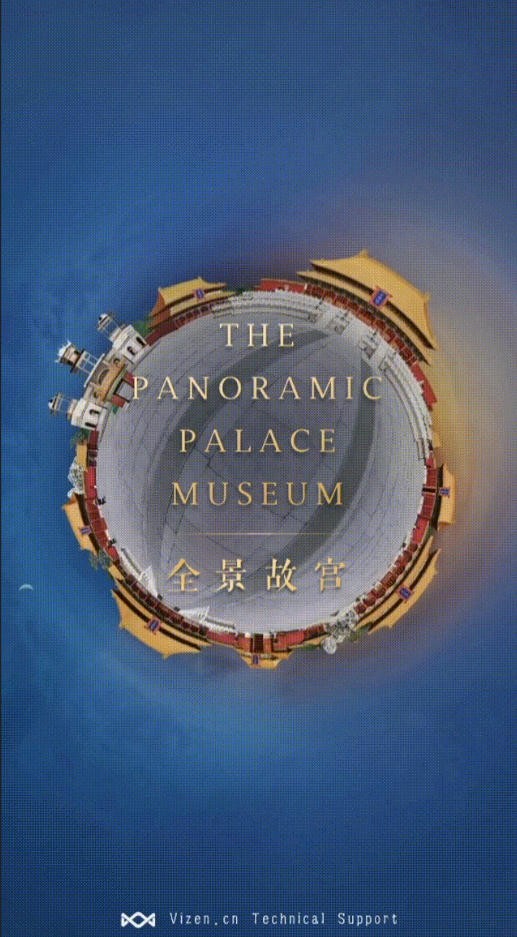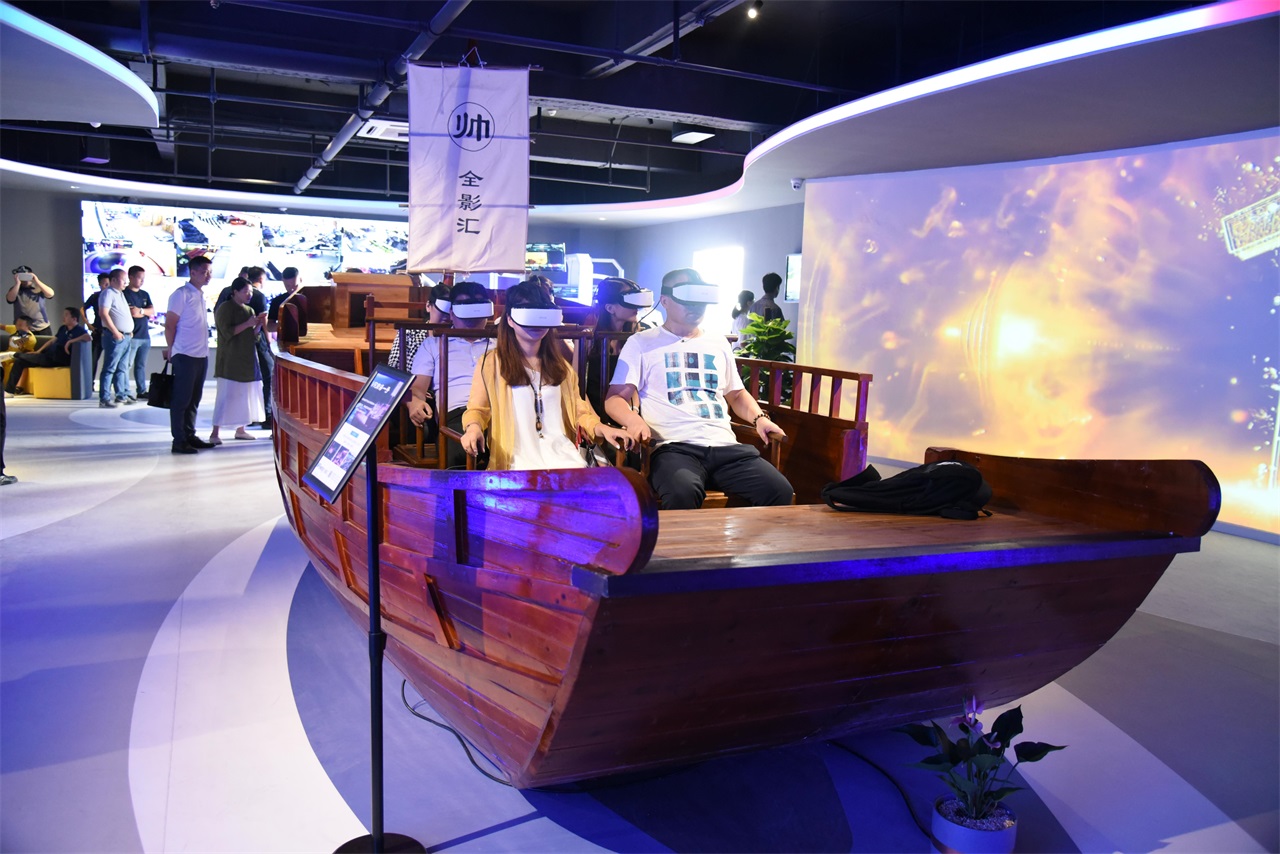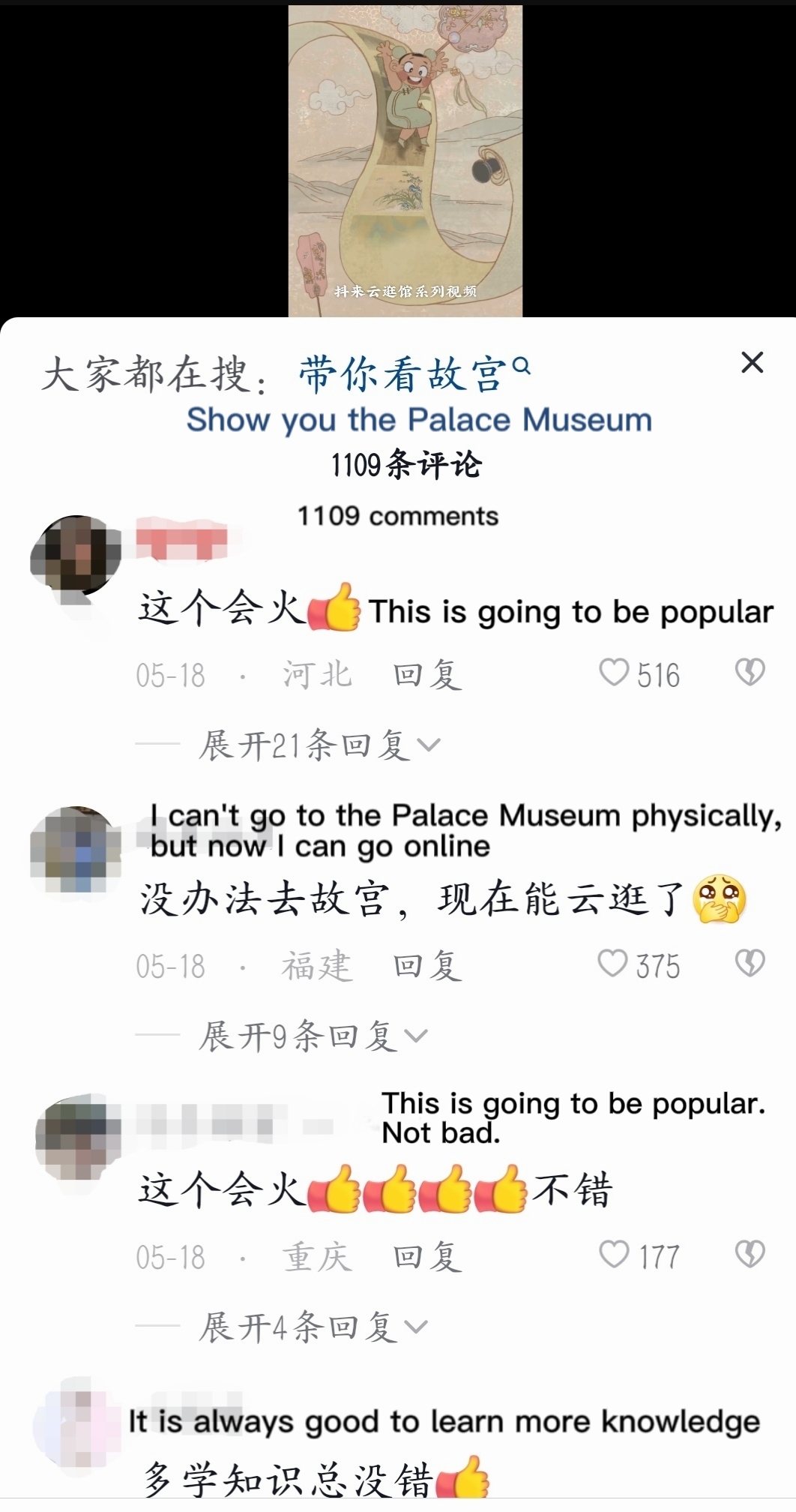Nowadays, virtual tourism is a growing trend in China. According to the 2018 China VR Consumer Survey report, the most interesting VR-related theme for Chinese consumers is “travel and adventure”. It can be seen that virtual tourism in China has a wide potential audience and great commercial value. Since the outbreak of COVID-19 in 2020, people’s travel has been restricted and the tourism industry has been hit hard. The form of “VR+ tourism” solves the problem and enables people to travel without leaving home.

What is virtual tourism?
The virtual tourism consists in recreating a three-dimensional tourism destination by using VR technology. In essence, virtual tourism facilitates a tourism experience, without actually having to travel anywhere. With the development of 5G, VR and other new technologies, virtual tourism has a relatively good technical foundation. Meanwhile, the COVID-19 pandemic has upended the travel and tourism industries in China. Outbound travel, which had grown fast among Chinese consumers before the outbreak of the pandemic, is still experiencing its toughest winter due to international airline control and cross-border travel restrictions. Responding to Chinese government’s strict measures to constrain the spread of the pandemic, Chinese citizens also became reluctant to travel. In such situation, many scenic spots in China are actively embracing virtual tourism. For example, The Palace Museum (the national museum housed in the Forbidden City) has launched The Palace Museum Virtual Reality Theatre project, which enables visitors to go back in time by using virtual reality technology. In 2021, together with the China Foundation for Cultural Relics Conservation and nine major museums in Beijing, Wuhan, Hangzhou and other cities, Shell House (a digital service company) officially launched their respective VR exhibition halls, so that the museums can easily reach a wider public.

Can virtual tourism in China have a future?
Chinese Gen Z drives the virtual tourism market
A survey by China Youth Daily found that 84.1 percent of the interviewed Chinese people believed that virtual tourism had enriched their travel experience. Among the 2,085 respondents, the post-1990s generation accounted for 40 percent, followed by the post-1980s generation at 25 percent and the post-2000s generation at 24.9 percent. China’s Gen Z is embracing the virtual travel market. As they turn into the main consumer group, the Chinese virtual tourism market becomes wider and more promising.

Virtual tourism in China keeps growing
According to CCID Consulting, from 2019 to 2021, China’s virtual reality market continued to grow, jumping from 28.28 billion yuan in 2019 to 58.39 billion yuan in 2021, thus doubling its market size. Moreover, China’s virtual reality market is expected to keep on growing fast and generate about 100 billion yuan by 2023. In such thriving industry environment, virtual tourism has good momentum and bright prospects for development.
Breakthroughs have been made in key technologies
In recent years, China’s virtual reality industry has made continuous development and achieved various stages of progress in key areas such as near-eye display, network transmission, perceptual interaction, and content production. For example, in the field of network transmission, China is in a leading position in 5G and new Wi-Fi. In the near-eye display, China has the advantages of mass production and technology in the fields of rapid response LCD and silicon-based OLED. In the process of content production, various production tools, system software and development platforms are constantly upgraded to provide tools, algorithms, and compatibility for content production. In terms of interactive technology, China has solved the problem of VR headset being bound by cables and developed the world’s first VR eye-tracking module. Zhao Qinping, an academician at the Chinese Academy of Engineering, said VR technology is entering a period of development. With the progress and breakthrough of technology, virtual tourism in China will develop faster and better.
Possible applications
The main applications of VR technology in tourism products include panoramic maps and VR intelligent tours. For example, the Palace Museum released a mini program called “Digital Palace Museum” in July 2020. Nearly 5 million visitors from all over the world have been able to get access, learn about and approach the Forbidden City through this new channel. In the digital Palace Museum, users just need to click on “Panoramic Palace Museum” and then, by using VR panoramic technology, they will be able to explore the courtyards of the Forbidden City in a 360-degree way.
Moreover, virtual visitors will have the chance to enter some of those areas that are not accessible to the public, so that they can truly enjoy free travel inside the Forbidden City. Some of the palace buildings can also change according to different seasons. Through clicking the related icon, it is possible to switch and enjoy the snow-covered Palace Museum in winter or the clear sky in autumn.

The advantages of virtual tourism over traditional tourism
Save costs
Virtual tourism facilitates a tourism experience, without actually having to travel anywhere, saving customers’ travel fees and other expenses, but also saving their time, thus providing a cost-effective alternative to traditional tourism trips.
Avoid the crowds
Famous tourist attractions are always crowded with people, thereby negatively affecting visitors’ travel experience. Virtual tourism can allow users to avoid the crowd and enjoy the beauty of the scenery without any hassle.
No need to wait
For some tourist attractions with time and season limits, visitors may need to spend long time waiting in order to get the best views. VR helps shooting in the best viewing season and time of scenic spots, so that users can enjoy a breathtaking scenery at home, or even visit the beauty of different seasons all at once.
Provide convenient services
The VR technology can be used to support and bring to the next level traditional tourism activities as well. When visiting the scenic spot physically, tourists can enjoy the panorama through the VR equipment, in-depth understanding of scenic spot information, service information and so on. The VR system of the scenic spot on the mobile phone can also allow tourists to deeply understand what they are seeing.
Protect scenic spots
In some cases, tourists may damage cultural sites, for example by carving characters on walls or accidentally breaking some antique objects. In some natural scenic spots, too many tourists may cause environmental damage. Virtual tourism not only meets the needs of tourists, but can also protect scenic spots from being overwhelmed by wild tourism.

Will virtual tourism in China replace physical tourism, or it is just one more way to enjoy a memorable experience?
It is still not clear that whether virtual tourism in China will replace physical tourism in the long run, but what is certain is that, even if it will happen one day, it will definitely be a long process. Traditional tourism industry is not going to be hit hard in a short period of time, because VR technology still has a long road ahead and it is not mature enough. Most of the problems VR is currently facing revolve around technical difficulties, such as the lack of realism caused by low resolution, poor touch, and high cost. For some virtual tourism theme parks, whether the revenue can cover the cost has become a big problem.
Chinese consumers’ perceptions on virtual tours
On Chinese social media platforms, virtual tourism has attracted a lot of attention and discussion. For example, Douyin (Chinese Tiktok) has teamed up with China’s nine major museums to launch an “online tour” event, allowing netizens to view the exhibition at home
From 2021 to 2022, the number of online museum-visiting videos on Douyin has increased by 70 percent year-on-year, with more than 1.2 billion likes and 39.4 billion views.
In the comments section, users show a positive attitude towards virtual tourism, and they are also optimistic about its development prospects. All in all, virtual tourism as a new thing in China has certainly got some critics, but on the whole, it has been well received by most Chinese consumers.

Is Virtual tourism in China meant to stay?
- Travel restrictions and containment measures against the spread of the Covid-19 have discouraged Chinese consumers from travelling. Virtual tourism in China allows people to visit the most famous national touristic attractions without leaving their own living room.
- Young Chinese people consider virtual tourism as a great resource, capable of enriching their travel experiences.
- Virtual and physical tourism are not necessarily in competition: VR technology can be installed in the most popular tourism destinations in China to enhance travellers’ experience.
- Virtual tourism in China can help travellers save money, enjoy wonderful views without having to queue up and wait for hours, as well as help preserve Chinese scenic spots from wild tourism.





